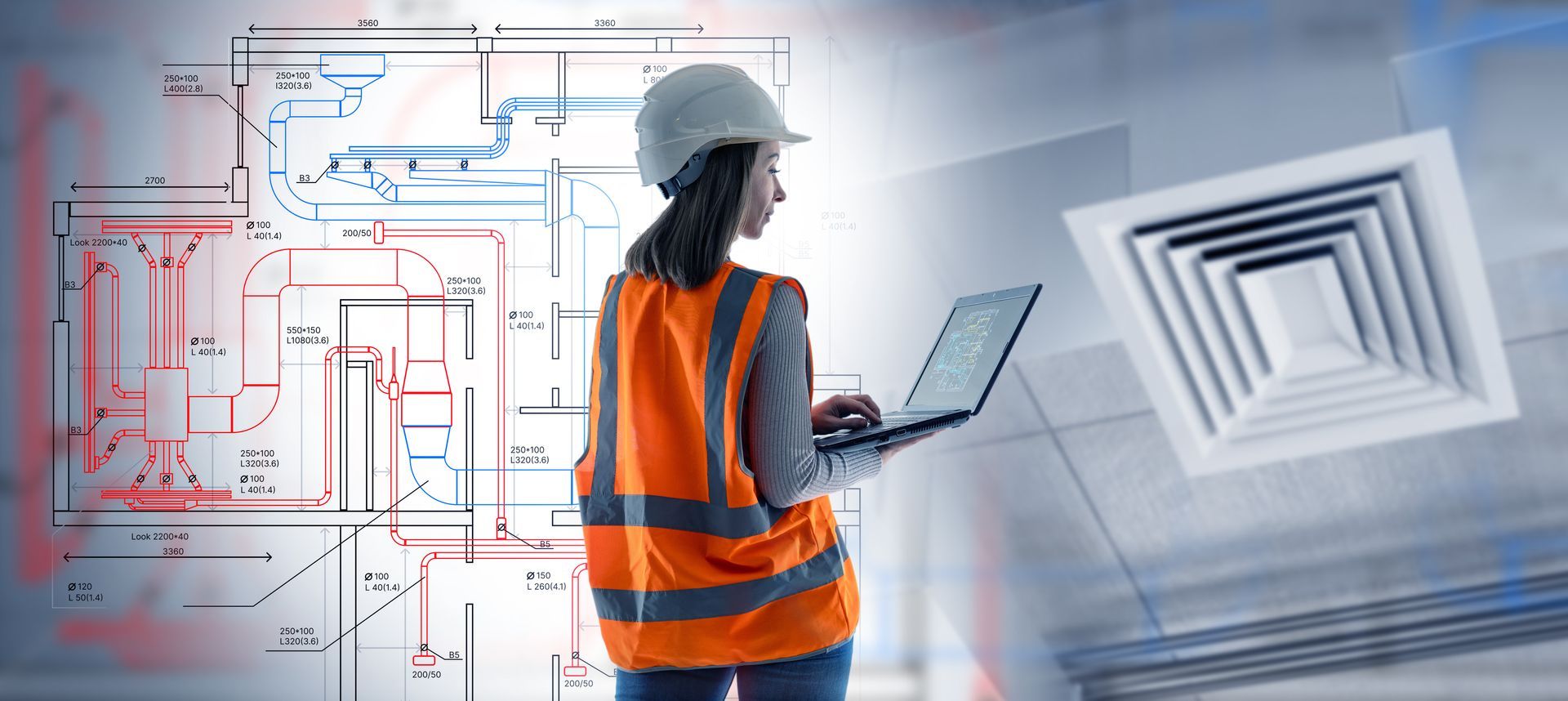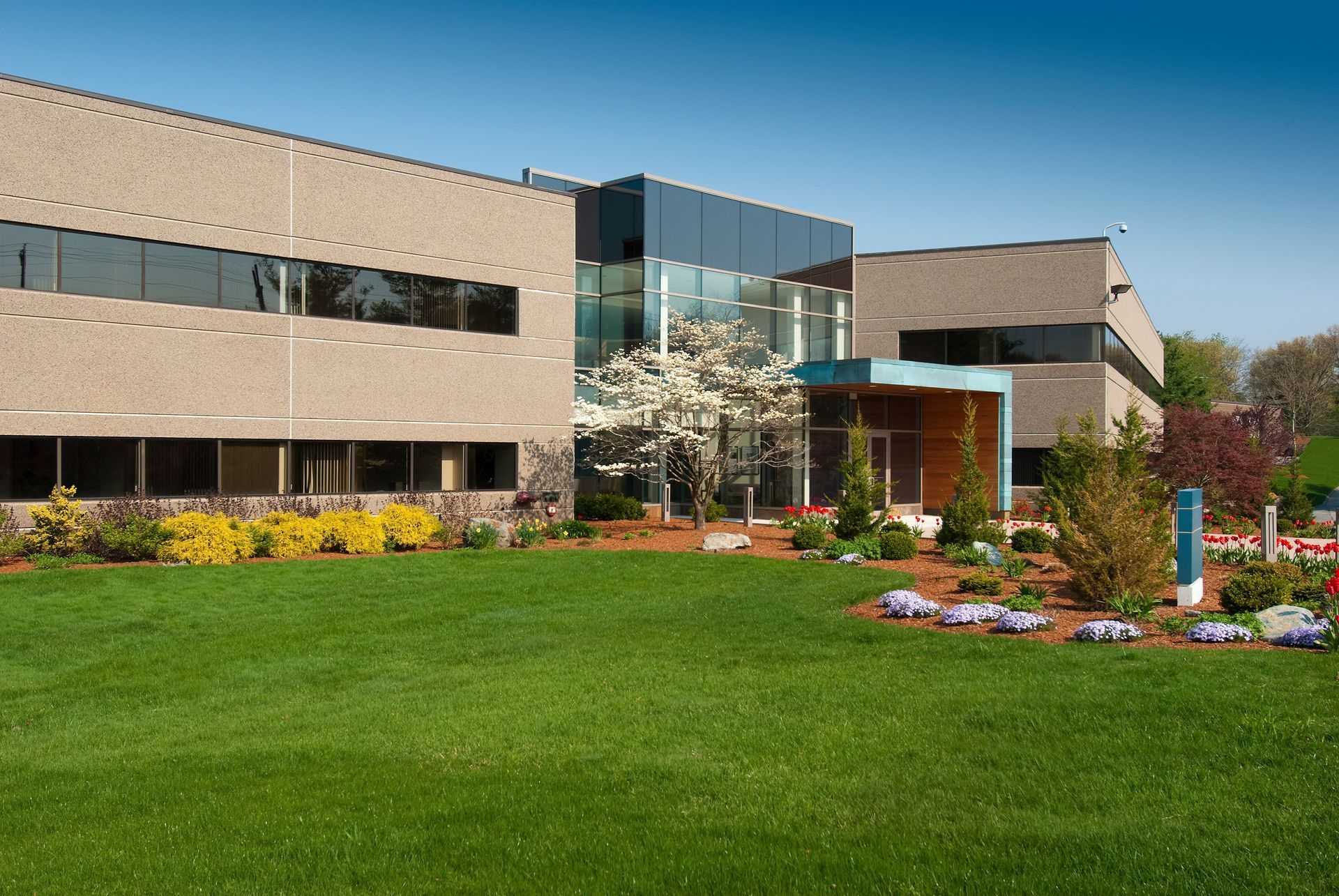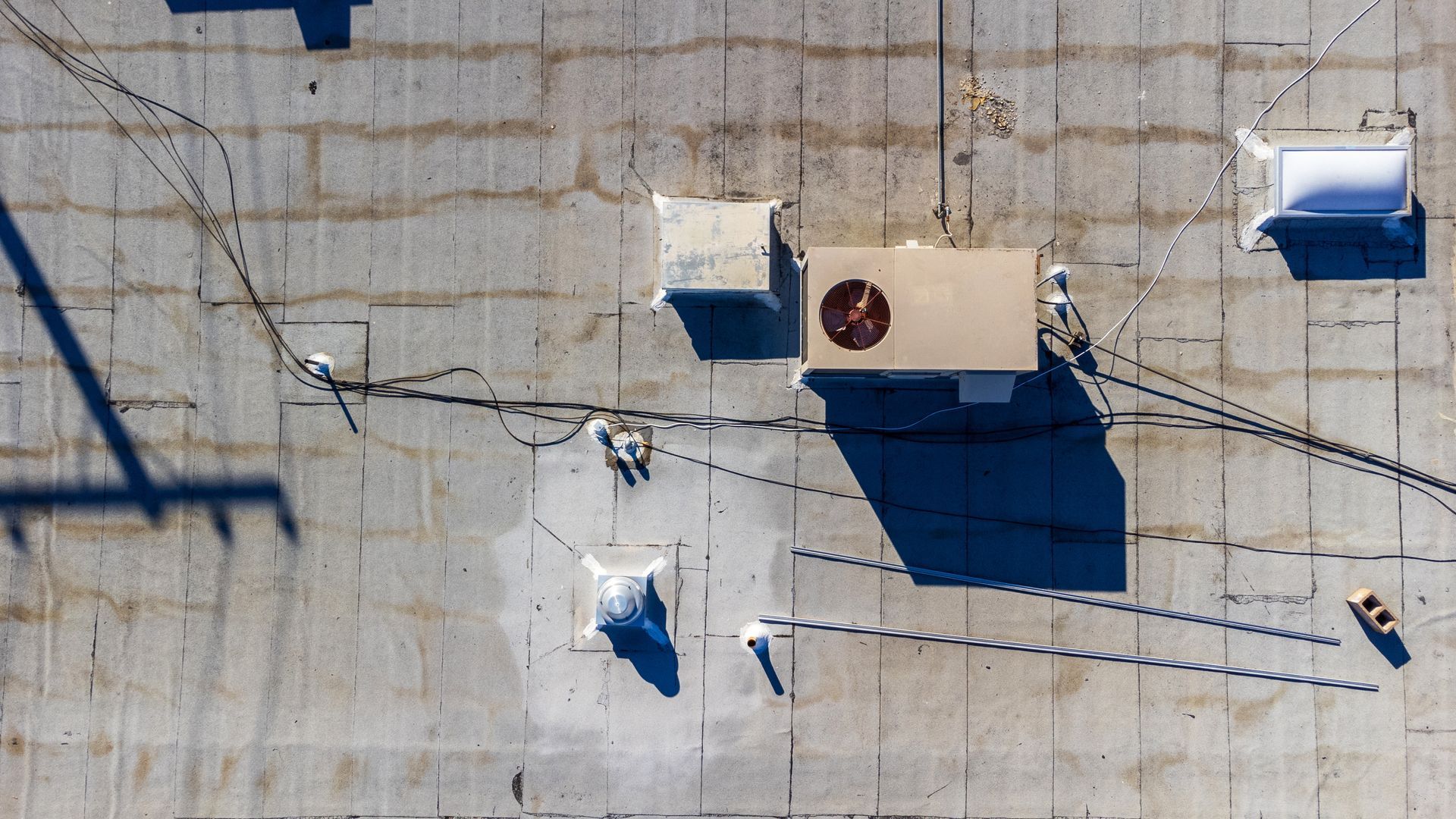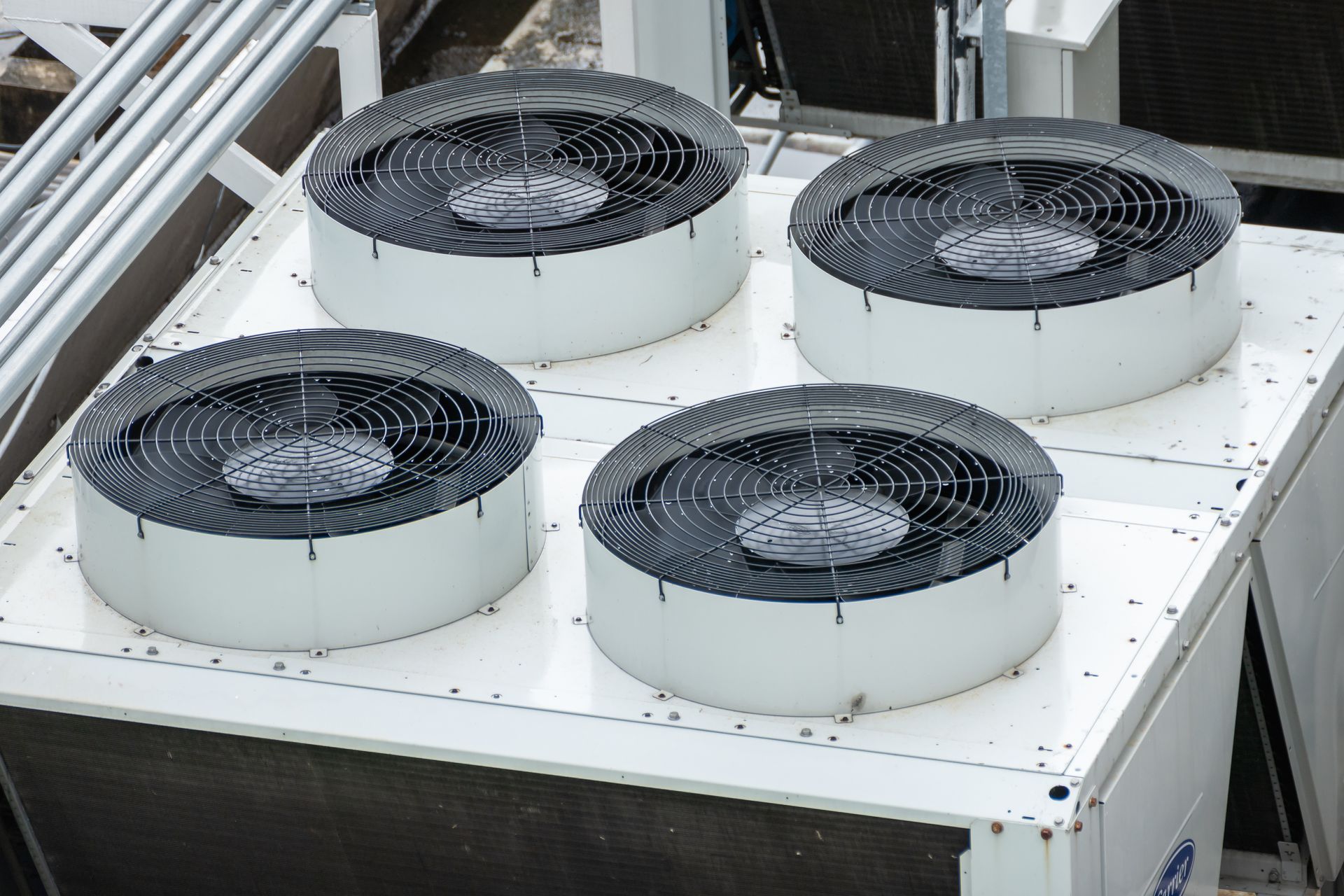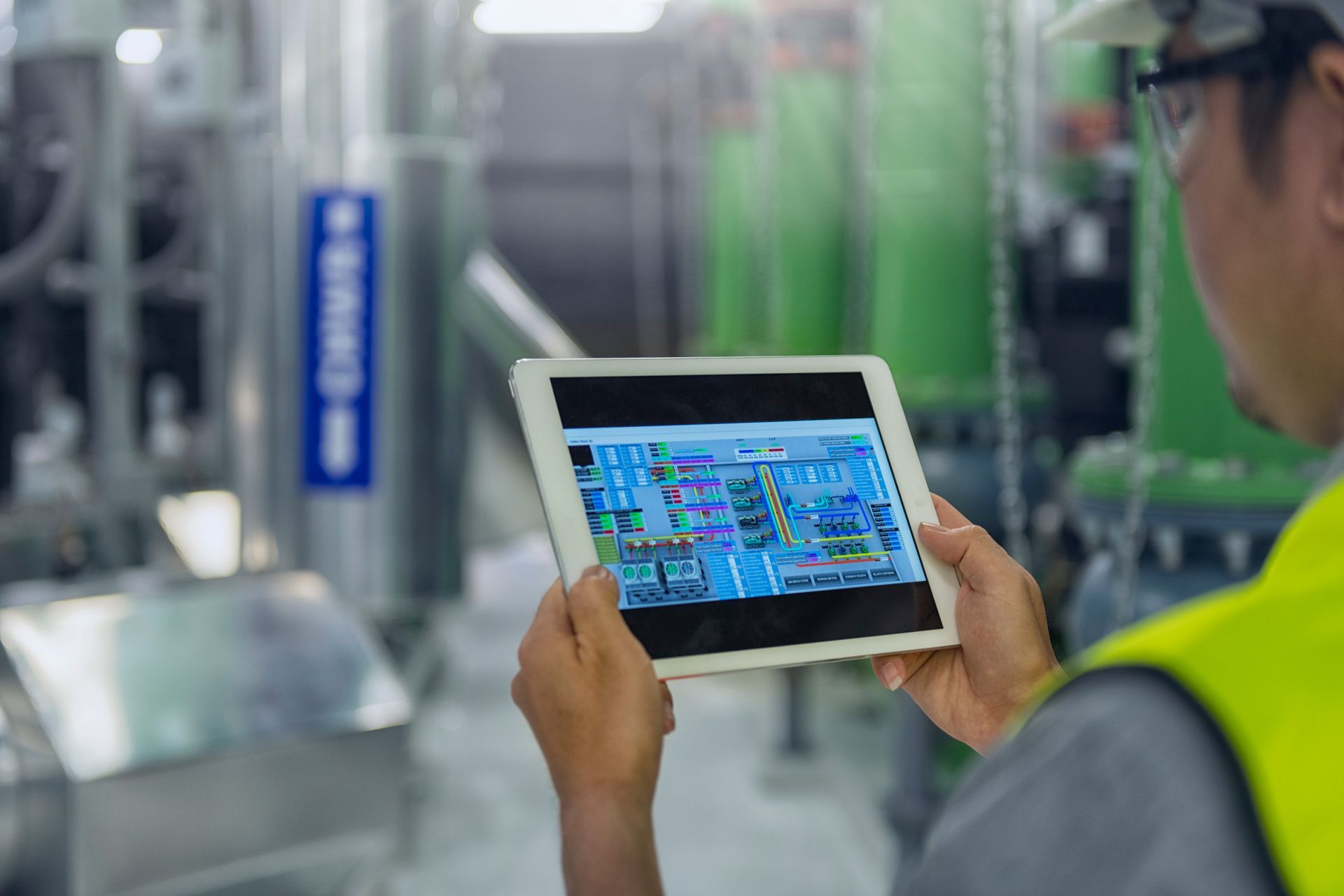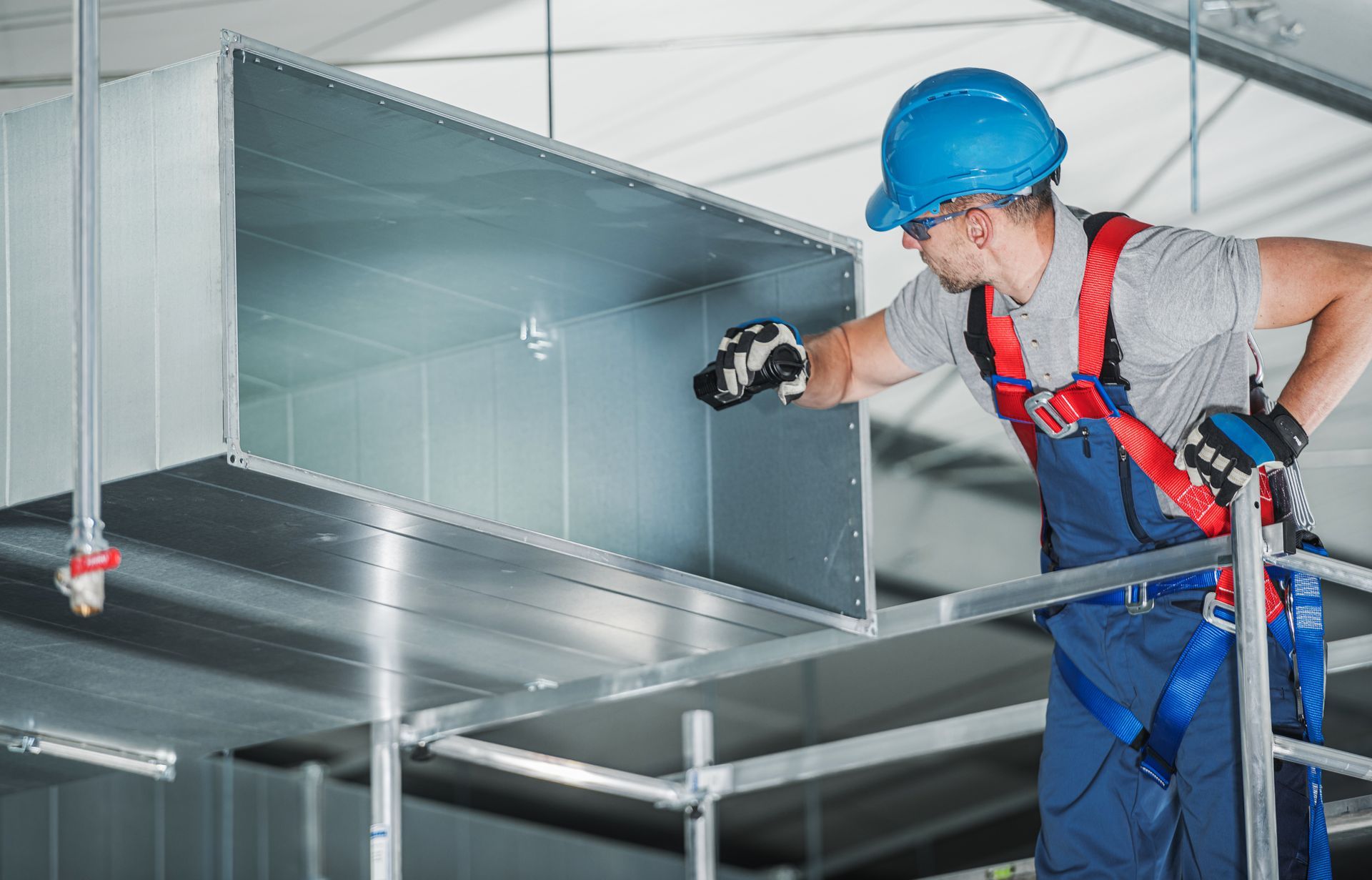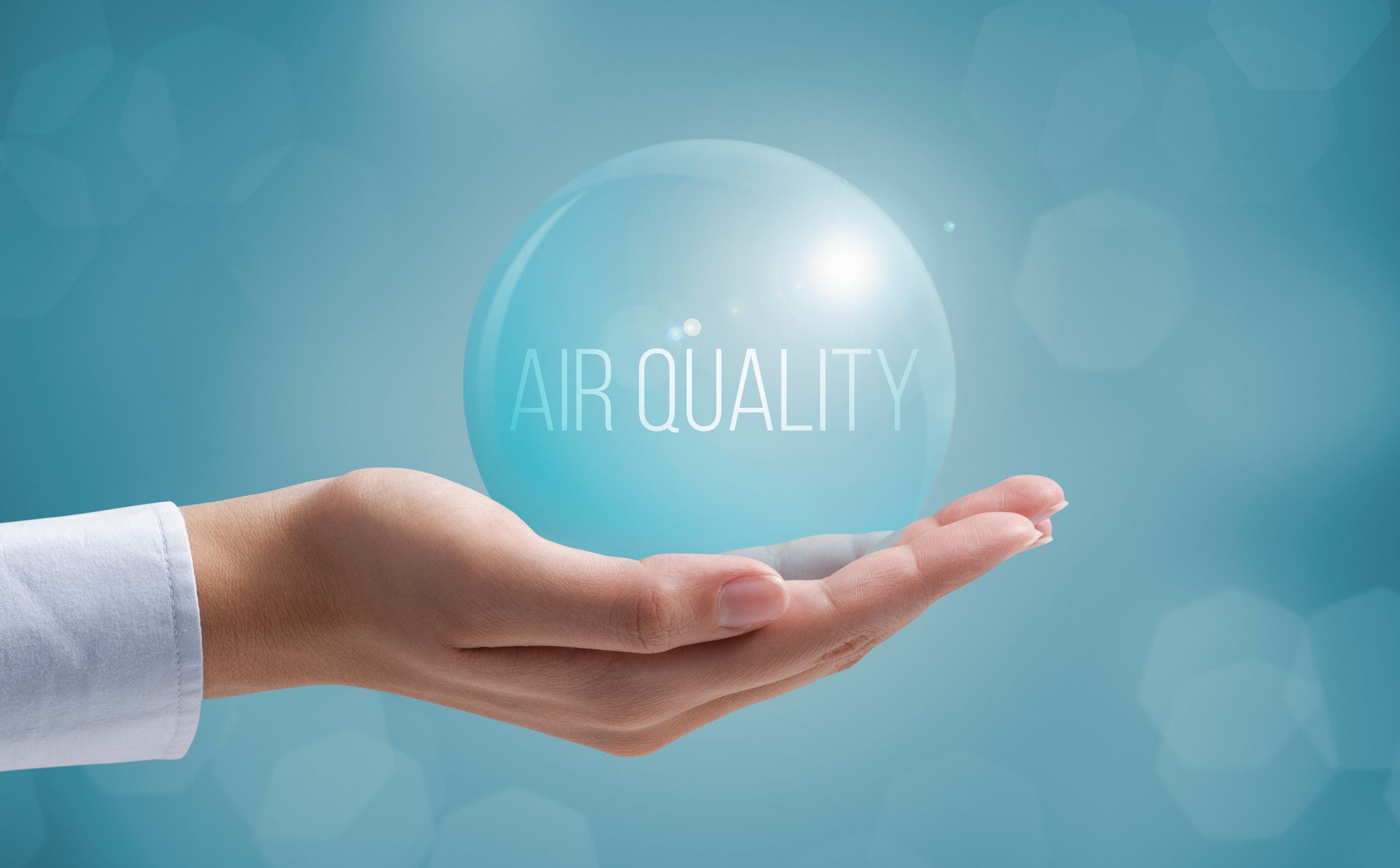What Is VRF Technology and Is It Right for My Facility?
Share
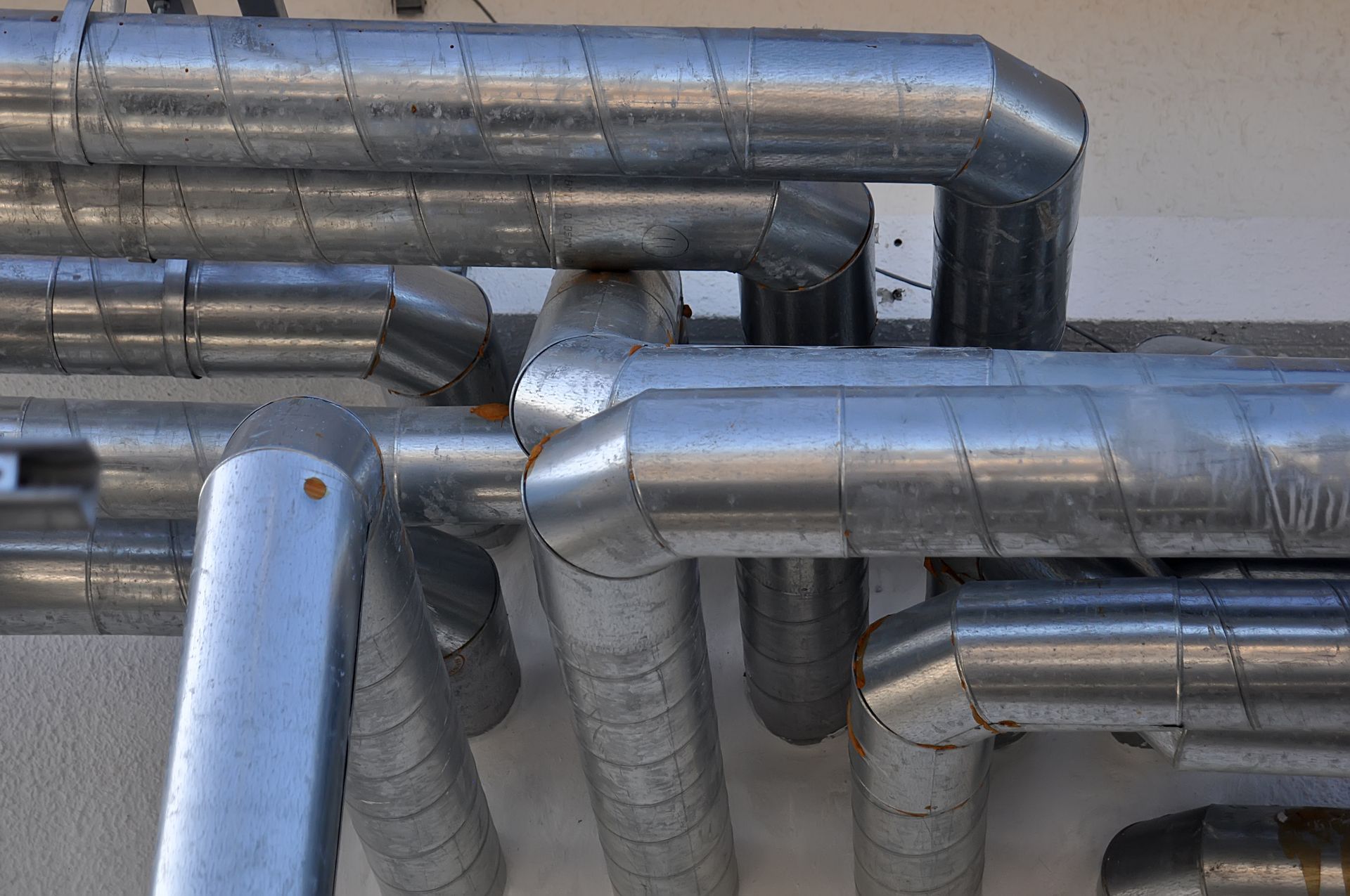
When it comes to heating and cooling commercial buildings, variable refrigerant flow (VRF) technology is gaining popularity as a highly efficient and customizable solution. But how does VRF work, and is it the right fit for your facility?
How VRF Technology Works
VRF systems use a network of refrigerant lines to deliver heating and cooling simultaneously across different zones in a building. Unlike traditional HVAC systems that operate at a fixed capacity, VRF units can adjust the amount of refrigerant sent to each indoor unit based on demand, making them more energy-efficient.
There are two main types of VRF systems:
- Heat Pump VRF
– Provides either heating or cooling to all zones at one time, making it ideal for open-concept offices or spaces with similar temperature needs.
- Heat Recovery VRF – Allows simultaneous heating and cooling in different zones, which is beneficial for buildings with varying temperature demands, such as hotels, schools or multi-tenant office spaces.
By modulating refrigerant flow and using inverter-driven compressors, VRF systems minimize energy waste and provide more precise temperature control than traditional systems.
Benefits of VRF Technology
- Energy Savings – VRF systems only use the necessary amount of energy to meet demand, reducing utility costs compared to conventional HVAC systems.
- Zoned Comfort Control – The ability to heat and cool different areas independently improves occupant comfort, which is particularly useful for large facilities with diverse temperature needs.
- Compact and Flexible Design – With no need for extensive ductwork, VRF systems are ideal for buildings where space is limited or retrofitting is required.
- Quiet Operation – VRF units operate at lower noise levels than traditional rooftop or split systems, creating a more comfortable indoor environment.
- Longevity and Low Maintenance – Because they operate at variable speeds instead of frequently cycling on and off, VRF systems experience less wear and tear, leading to a longer lifespan.
Potential Drawbacks of VRF Systems
Higher Initial Cost
The upfront installation costs for VRF systems can be higher than conventional HVAC systems, though energy savings may offset the investment over time. However, this is highly dependent on the cost of an alternative HVAC replacement solution. If your building only needs a single higher cost VRF system instead of two separate HVAC units, VRF might deliver better performance while coming in at a lower cost.
Complex Installation
Proper design and installation require expertise, as incorrect setup can lead to inefficiencies and performance issues. If you are considering a VRF system, it’s important to work with a commercial HVAC company that understands this technology and how to maximize the benefits.
Limited Capacity for Extreme Climates
In areas with extremely cold temperatures, VRF heat pumps may struggle to provide sufficient heating without additional backup systems. That being said, the typically mild winters of Arlington make these systems relatively popular among property owners and facility managers in our area.
Is VRF Right for Your Facility?
The decision to install a VRF system depends on several factors, including building size, usage patterns and budget considerations. Facilities that can benefit the most from VRF include:
- Office buildings – Zoned control enhances comfort in meeting rooms, open areas and private offices.
- Hotels and multi-tenant spaces – Different temperature preferences can be accommodated without affecting other rooms.
- Healthcare facilities – Precise climate control ensures patient comfort while reducing energy waste.
- Retail stores and restaurants – VRF’s efficiency helps maintain a comfortable environment even with frequent temperature fluctuations from doors opening and closing.
For large industrial facilities or buildings with extreme temperature demands, a combination of VRF and supplemental heating or cooling systems may be necessary to achieve optimal performance.
Contact Tom’s Commercial to Find Out if a VRF System Is Right for Your Arlington Building
An experienced HVAC contractor can explain the pros and cons of a VRF system and how it may impact temperature control performance, efficiency and indoor air quality in your facility. Proper system design, refrigerant piping and control settings will determine how well the system performs.
If your facility requires customized climate control, energy efficiency and quiet operation, VRF technology could be a worthwhile investment. You can learn more about these systems by calling Tom’s Commercial at 817-857-7400.

